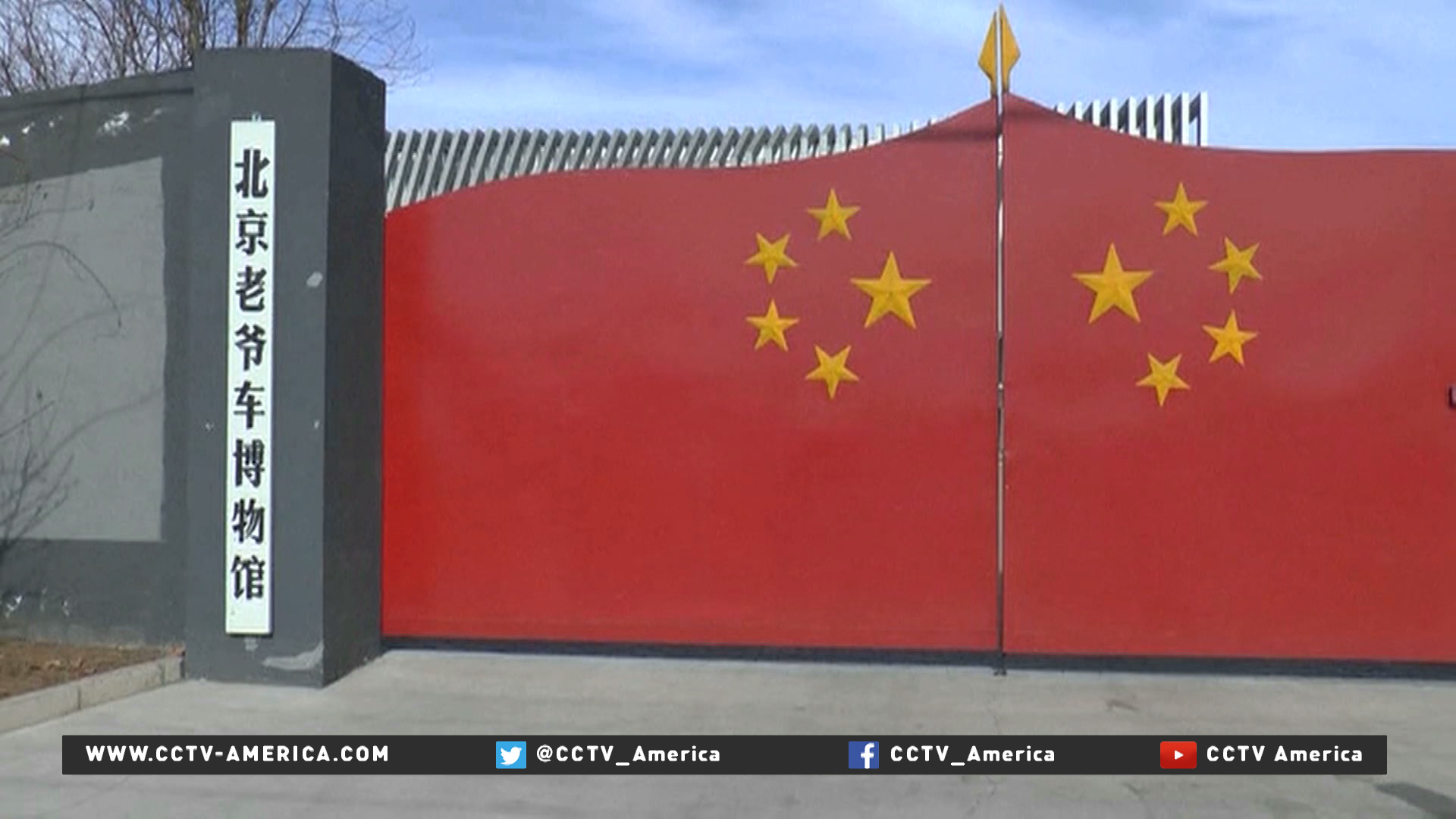It’s a blending of two cultures in Singapore. Peranakan refers to descendants of Chinese immigrants who came to Singapore between the 15th and 17th century. Two antique collectors have devoted their lives to telling these migrants’ stories.
CGTN’s Miro Lu reports.
Colorful Peranakan ceramics were once considered gaudy by the Chinese, who exported them to the Far East 150 years ago. Today, however, these antiques are sought after as an investment and collector’s item.
Peter Wee was a former Christie’s auction house appraiser for Straits Chinese ceramics. Many collectors come to him for advice and appraisals of their items. But for Peter, the value of Peranakan items lies in their stories, as much as in their price tags.
“Collection first starts with a reason of valuation. [If] it’s more valuable after next year I can sell it,” Wee, the president of the Peranakan Association Singapore, said. “To me, it is the story that’s more valuable. Without the story, the item has got no value.”
Wee has spent the past 40 years growing his personal collection, which includes furniture, porcelain, jewelries and textiles. More than half of them are on display at Katong Antique House, a shop and museum in Singapore’s Peranakan district.
“Every item that comes into my possession has a story to me, because I can relate to them; the kebayas, the sarongs, the porcelain… so thereby I rediscover my own cultural roots.”
In the Peranakan neighborhood of Joo Chiat, another collector has opened his doors to the public. Alvin Yapp runs a home museum with ceramics, furniture and textiles that showcase Peranakan heritage.
His home museum is called The Intan, which means rose-cut diamond. Even though it has won multiple awards and ranks number three on TripAdvisor among all the museums in Singapore, the collection has humble beginnings. Yapp started buying Peranakan antiques from garage sales as a teenager.
“I ended up collecting things that people didn’t collect. Beadwork, wooden panels, tapestries… which is also interesting because as I collected them, they became valuable. So I now share with fellow collectors [who] don’t chase after what people are chasing, looking at the beauty in things that people don’t see.”
The collector’s unusual interests paid off. Even the Peranakan Museum came to ask about his collection of batik altar cloths. During the hour-long tours, Alvin explains the stories behind items on display. Nyonya slippers, for example, were made with French-imported beads, featured designs like European roses, and were made with Peranakan techniques.
“We are in a buy and throw-away society. So I think it puts a different perspective in material culture.”
Today, Yapp no longer shops at garage sales. He trades with other collectors, looking for unique artifacts as a gateway to history. His house is a collection of material items, but they are also his way of understanding what it means to be Peranakan.
 CGTN America
CGTN America

